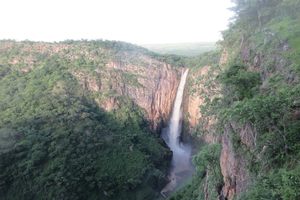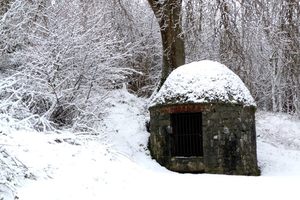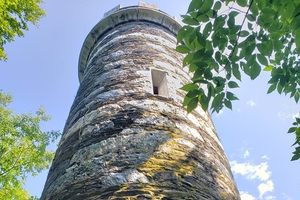Kalambo Falls in Zambia

In the Mbala district in Zambia, the Kalambo River forms the northern border of the country with Tanzania. Along the river is Kalambo Falls, a 725 foot (221 meters) high single-drop waterfall, making it the second-highest in Africa.
Besides the stunning views, Kalambo Falls is an important archaeological site, with the earliest evidence of human habitation dating approximately 250,000 years ago until the present day. This makes Kalambo Falls one of the longest continuously inhabited areas in the world.
From 1953 to 1963, archaeologist J.D. Clark made extensive excavations of the Kalambo Falls site. He found evidence of continuous habitation at the site dating to the early Stone Age. These finds included stone tools, hearths, and well-preserved organic objects.
Kalambo Falls represents one of the strongest sites for evidence of early fire use by humans, with artifacts including charred logs, charcoal, and fire-hardened wooden implements dating to 60,000 years ago. Additional artifacts, such as heavy woodworking tools and burial sites, provide evidence of habitation in the region through the middle and late Stone Ages to the Iron Age, which saw the introduction of the Bantu people.





